Blog
Heating, AC, Plumbing & Electrical Blog



Extending the Lifespan of Your Mini-Split With Regular Deep Cleaning
Ductless mini-splits are a popular choice in Olympia for efficient, customizable comfort. However, without regular maintenance, dust and debris can reduce efficiency and shorten their
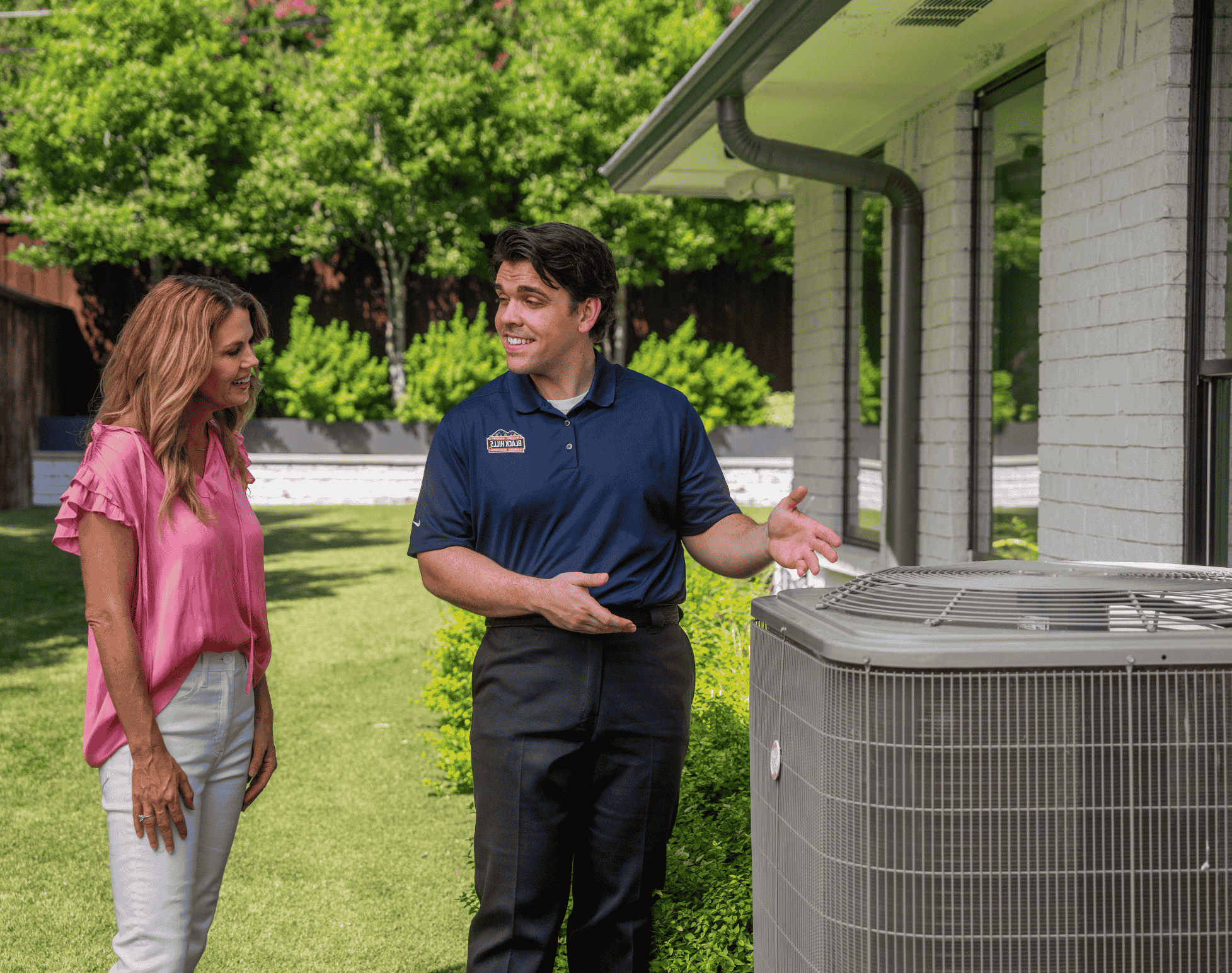
Understanding the Cost of HVAC Repairs vs. Replacement
When your HVAC system starts acting up, you’re faced with a crucial decision: should you repair or replace it? Homeowners often struggle with this choice,
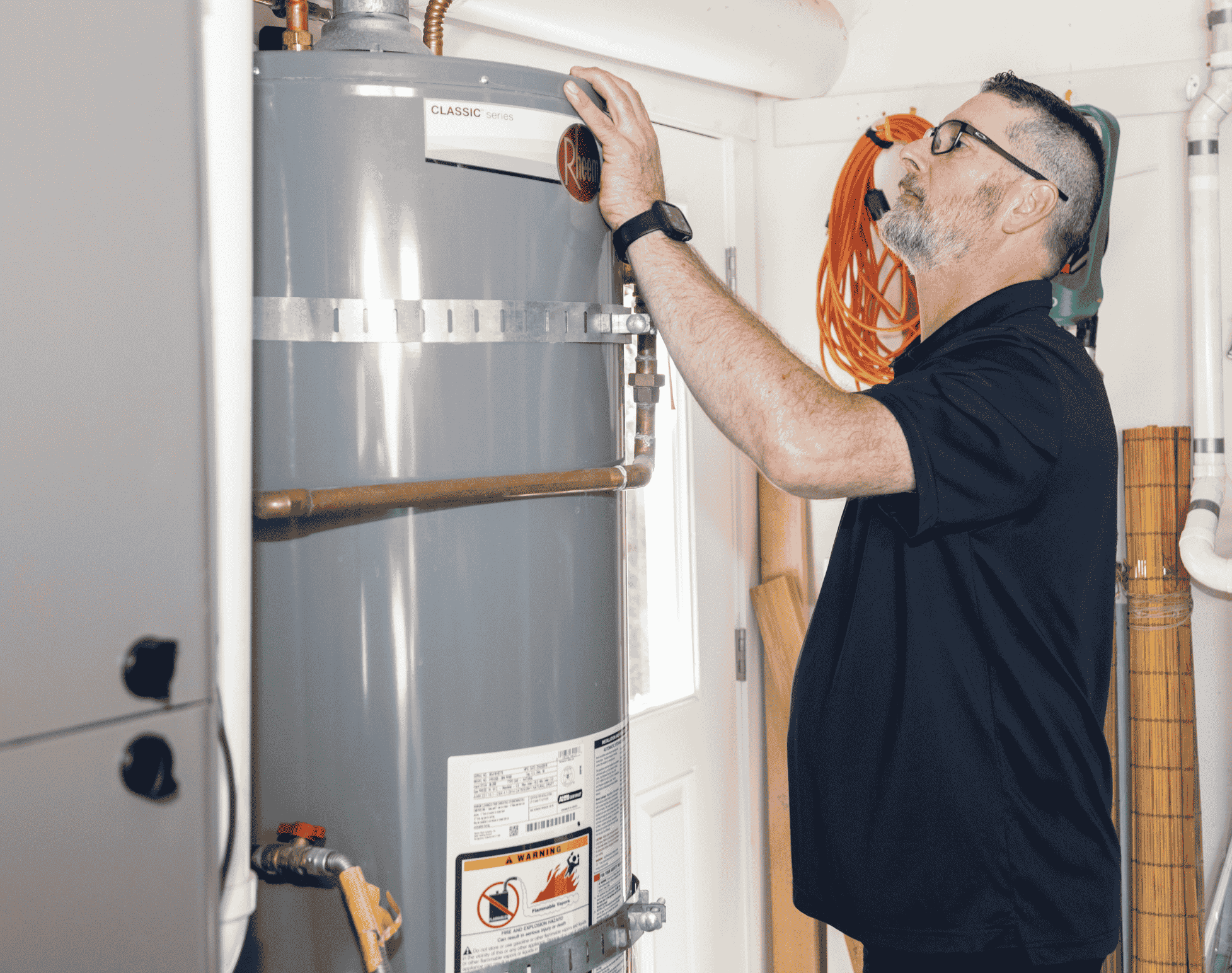
The Benefits of Regularly Flushing Your Water Heater
Maintaining your water heater is essential for ensuring reliable hot water, improving energy efficiency, and extending the lifespan of your system. Over time, sediment buildup

What to Expect During a Professional Duct Cleaning Service
Indoor air quality is key to a comfortable and healthy home. Over time, dust, allergens, and contaminants build up in your ductwork. This reduces HVAC

The Dangers of Ignoring Plumbing Leaks: What You Should Know
Plumbing leaks might seem like minor annoyances, but if ignored, they can quickly turn into expensive disasters. A simple drip, hidden pipe leak, or burst
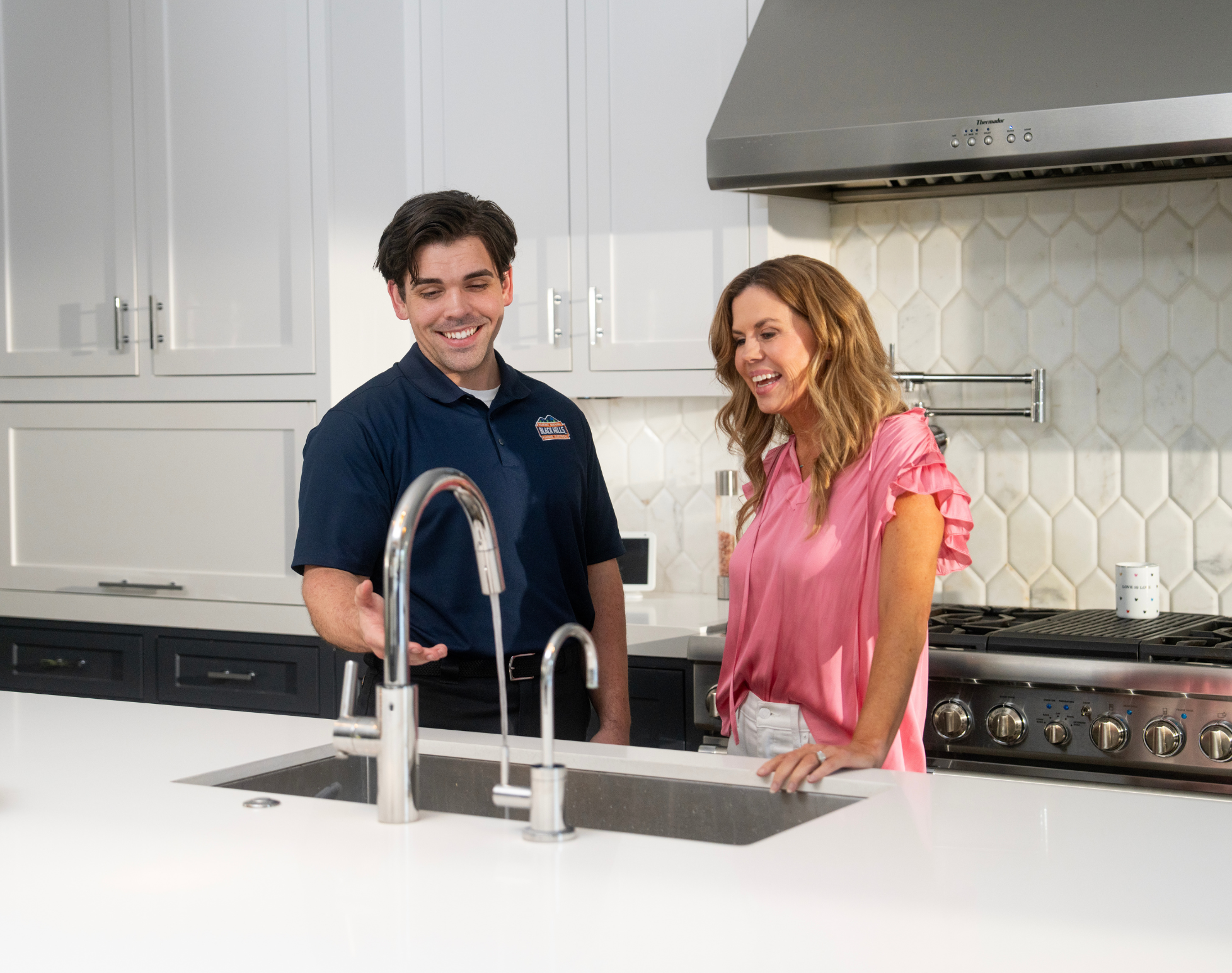
How to Prevent Frozen Pipes During Winter Months
Winter in Olympia and Puget Sound can bring freezing temperatures that put your home’s plumbing at risk. Frozen pipes aren’t just a hassle—they can lead

How Aeroseal Can Help Combat Indoor Air Pollution
Indoor air pollution is a significant concern in the Puget Sound region, where seasonal changes and humidity affect air quality. Many homes unknowingly circulate allergens,
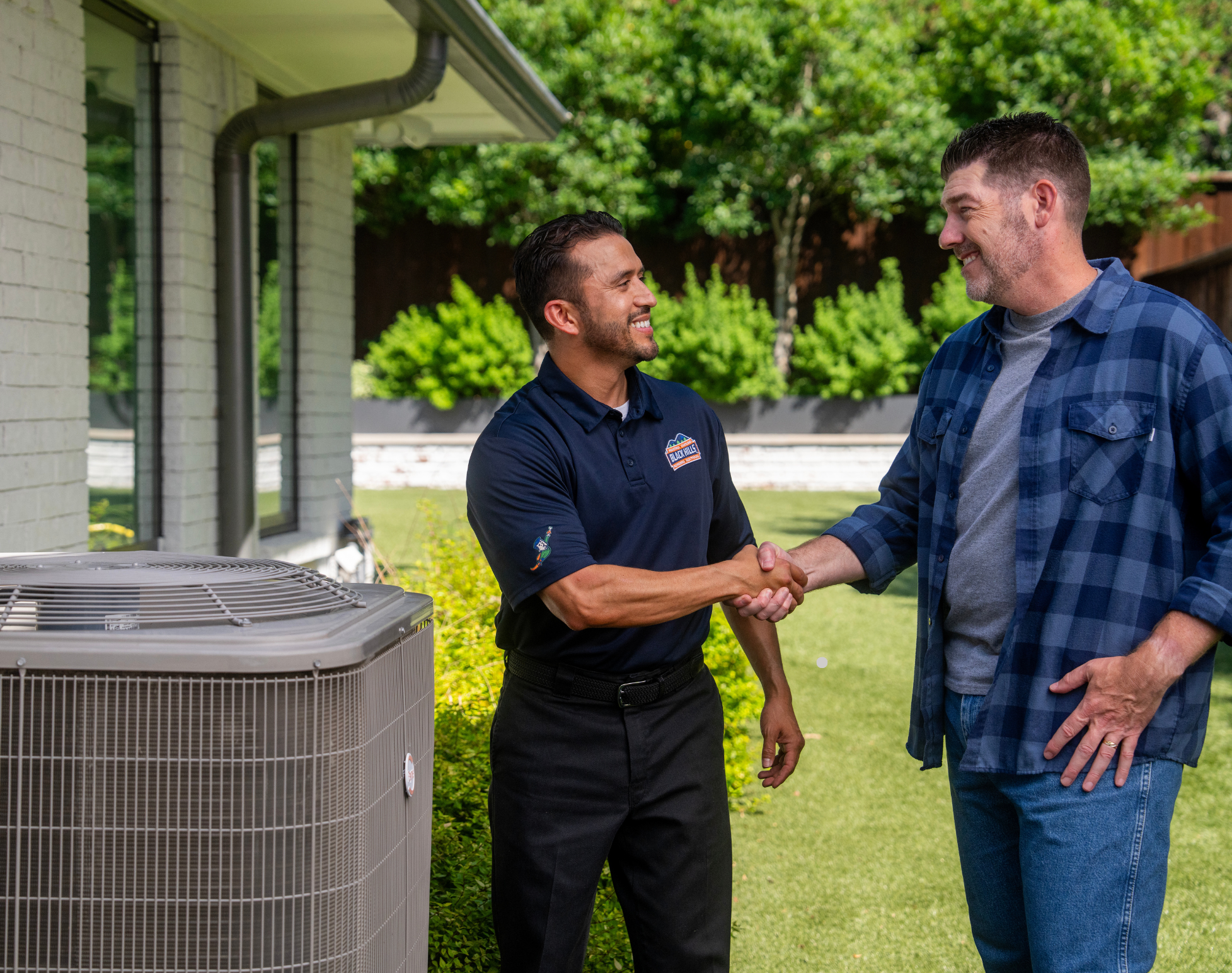
The 7 Benefits of Regularly Scheduled HVAC Inspections
Your HVAC system is the backbone of home comfort. In Olympia and Puget Sound, fluctuating temperatures and humidity levels put it to the test year-round.
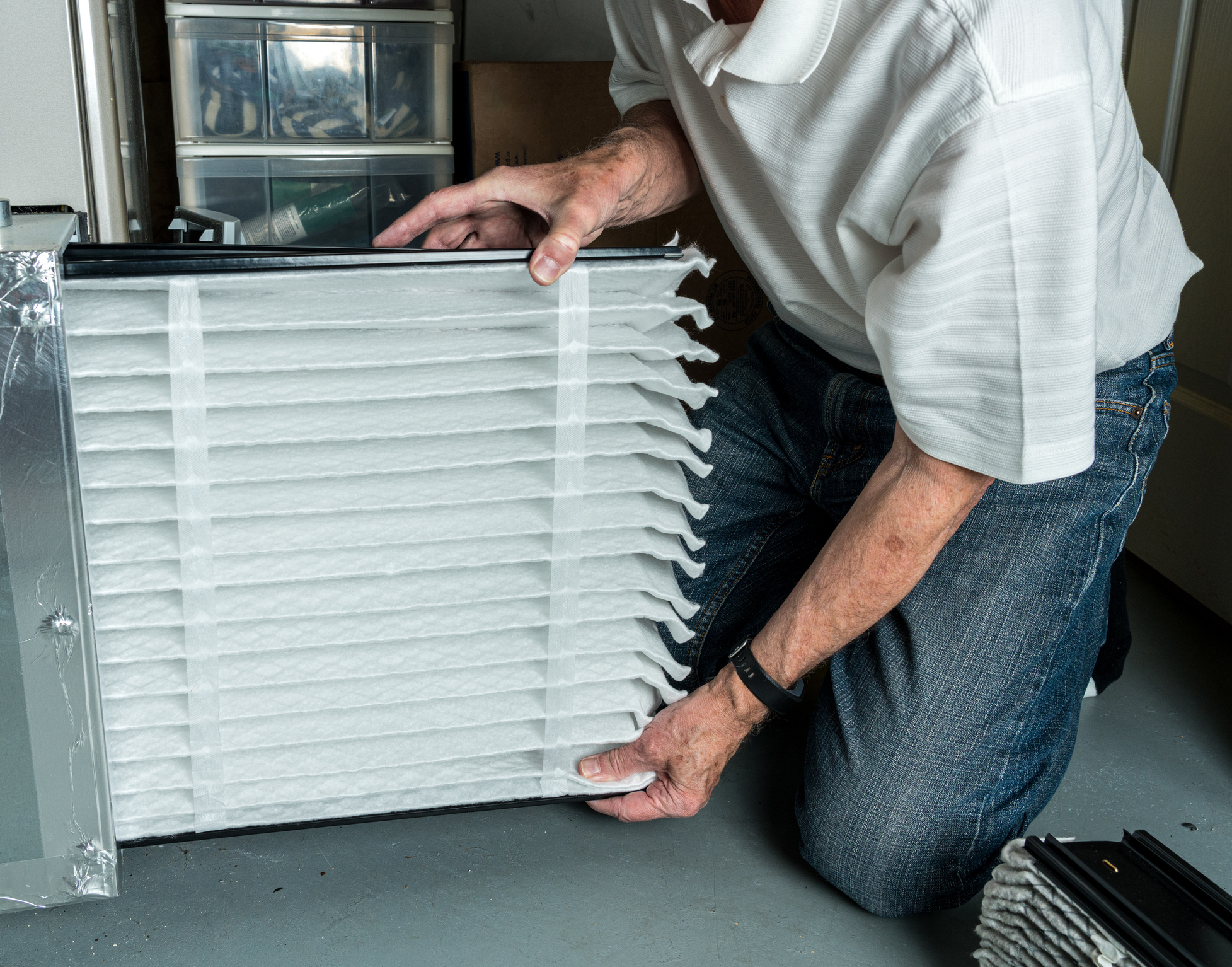
How Often to Replace Your Furnace Filter
Ever wondered if you’re changing your furnace filter often enough? While most manufacturers recommend replacing your filter every 90 days, several factors affect how quickly

Can You Charge an EV in the Rain or Snow?
Many new EV owners worry about charging their vehicles in wet weather. After all, we’ve always been told that electricity and water don’t mix. However,

How Do Wireless Light Switches Work?
Light switches have come a long way from the hard-wired switches of the past. Regular light switches need wires to work, but wireless switches use

How Often Should You Change Your Furnace Filter?
Maintaining your home’s heating system is crucial for comfort and efficiency. When it comes to understanding how often to replace furnace filters, the answer depends
Recent Posts
Categories
- Air Conditioning (44)
- Air Quality (8)
- Electrical (15)
- Heat Pump (2)
- Heating (23)
- News (4)
- Plumbing (8)
- Uncategorized (3)
- Water Heater (2)
Archives
- March 2025
- February 2025
- January 2025
- December 2024
- November 2024
- November 2023
- April 2023
- March 2023
- February 2023
- January 2023
- December 2022
- November 2022
- October 2022
- September 2022
- August 2022
- July 2022
- June 2022
- May 2022
- April 2022
- March 2022
- February 2022
- December 2021
- September 2021
- August 2021
- July 2021
- June 2021
- May 2021
- April 2021
- March 2021
- February 2021
- June 2020
- May 2020
- January 2020
- October 2019
- August 2015
- July 2015
- June 2014
- May 2014
- March 2014
- February 2014
- January 2014
- December 2013
- October 2013
- September 2013
- August 2013
- June 2013
- May 2013
- December 2011
- November 2011
CONTACT US
WE ANSWER THE CALL
Looking for an expert’s insight on your next home improvement project? Our helpful team is standing by to answer questions and be of service.
